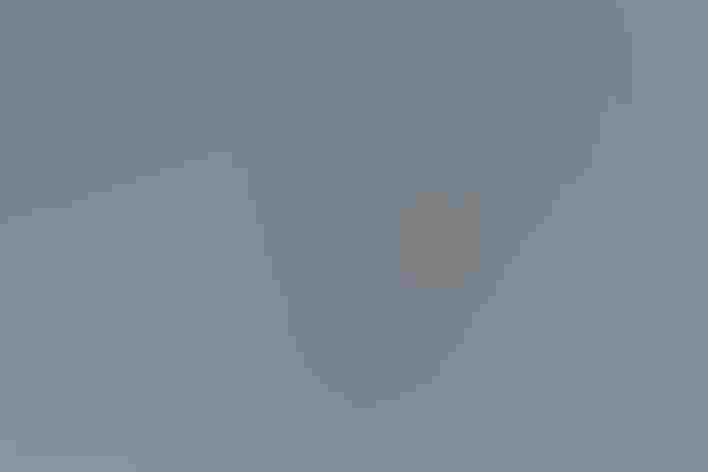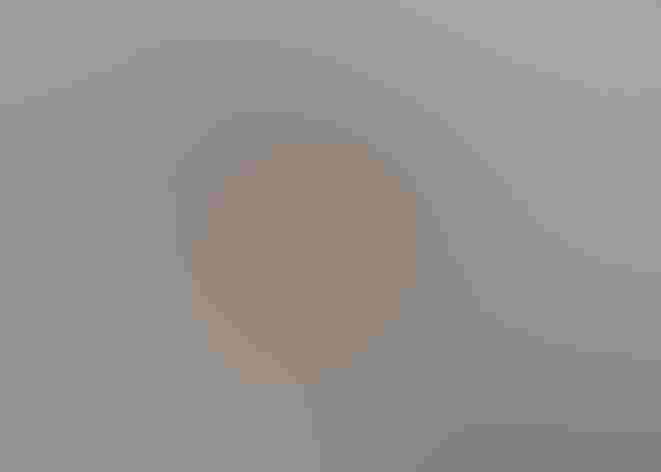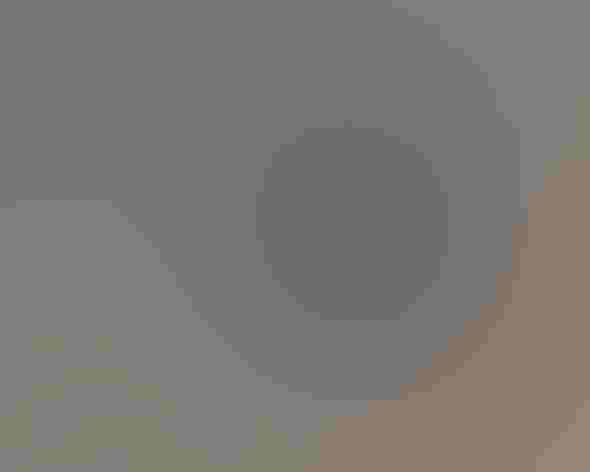Long-tailed Duck
At a Glance
A duck of cold northern waters. Often the most abundant bird in the high Arctic. Large flocks are often far out at sea; many spend the winter on such northern waters as Bering Sea, Hudson Bay, and Great Lakes. Flocks fly low over sea, with stiff shallow wingbeats, often tilting from side to side. Far more vocal than most ducks, and loud melodious calls of flocks can be heard from some distance. It was formerly called 'Oldsquaw,' not politically correct by any measure, a reference to this 'talkative' behavior -- although it is the male of this species that makes most of the noise.
All bird guide text and rangemaps adapted from Lives of North American Birds by Kenn Kaufman© 1996, used by permission of Houghton Mifflin Harcourt Publishing Company. All rights reserved.
Category
Diving Ducks, Duck-like Birds
IUCN Status
Vulnerable
Habitat
Coasts and Shorelines, Freshwater Wetlands, Lakes, Ponds, and Rivers, Open Ocean, Saltwater Wetlands, Tundra and Boreal Habitats
Region
Alaska and The North, California, Eastern Canada, Florida, Great Lakes, Mid Atlantic, New England, Northwest, Plains, Rocky Mountains, Southeast, Southwest, Texas, Western Canada
Behavior
Direct Flight, Erratic, Undulating, Swimming
Population
3.200.000
Range & Identification
Migration & Range Maps
Migrates relatively late in fall and early in spring. May travel in flocks of hundreds. In travel over land, fly very high. Many migrate around coastlines rather than going overland; for example, huge numbers move north through the Bering Straits in spring.
Description
Male, 19-22" (48-56 cm); female, 15-17 (38-43 cm). Has very different summer and winter plumages. Adult males with long tail, striking pattern. (Compare to Northern Pintail) Females and young males less distinctive, usually pale overall, with squarish head and stubby bill. All plumages show solidly dark wings in flight.
Size
About the size of a Crow, About the size of a Mallard or Herring Gull
Color
Black, Brown, Gray, White
Wing Shape
Pointed, Short, Tapered
Tail Shape
Long, Pointed
Songs and Calls
Various clucking and growling notes; male's courtship call a musical ow-owdle-ow, ow-owdle-ow, frequently repeated.
Call Pattern
Flat, Undulating
Call Type
Croak/Quack, Odd
Habitat
Ocean, large lakes; in summer, tundra pools and lakes. For breeding season favors both low-lying tundra and hilly areas, barren ground and edges of northern forest, as long as open water is nearby. At other seasons mostly on ocean, including far from shore among pack ice; also on Great Lakes and sometimes elsewhere on fresh water.
Sign up for Audubon's newsletter to learn more about birds like the Long-tailed Duck
Behavior
Eggs
6-8, sometimes 5-11. Olive-buff to olive-gray. Incubation is by female, 24-29 days. Female covers eggs with down when leaving nest.
Young
leave nest shortly after hatching, can swim and dive well when quite small. Young are tended by female, but feed themselves; may feed on items dislodged to surface by diving of female. Age at first flight about 35-40 days.
Feeding Behavior
forages by diving and swimming underwater, with wings partly opened but propelled mainly by feet. Most feeding is within 30' of surface; supposedly able to dive more than 200', deeper than any other duck.
Diet
mollusks, crustaceans, insects. Diet at sea mainly mollusks (including mussels, clams, periwinkles) and crustaceans (including amphipods and isopods); also a few small fish. In summer on breeding territory eats mostly aquatic insects, also crustaceans, mollusks, fish eggs, and some plant material including grasses and pondweeds.
Nesting
First breeds at age of 2 years. Courtship display begins by early winter, but most pair formation occurs in early spring. Displays of male include shaking head back and forth, raising long tail high in air, tossing head back with bill pointed up while calling. Nest site is on dry ground close to water, often partly hidden under low growth or among rocks. Nest is a depression lined with available plant material and with large amount of down, the down being added after some eggs are laid.
Conservation
Conservation Status
Still an abundant species, with population in the millions, but has declined seriously in some areas. Dense concentrations are vulnerable to oil spills and other pollution in northern seas. Large numbers are sometimes caught and killed in fishing nets.
Climate Threats Facing the Long-tailed Duck
Choose a temperature scenario below to see which threats will affect this species as warming increases. The same climate change-driven threats that put birds at risk will affect other wildlife and people, too.











